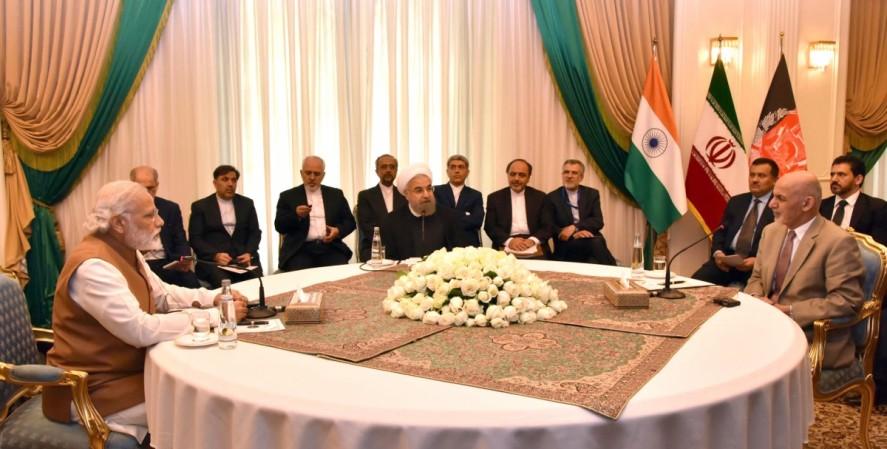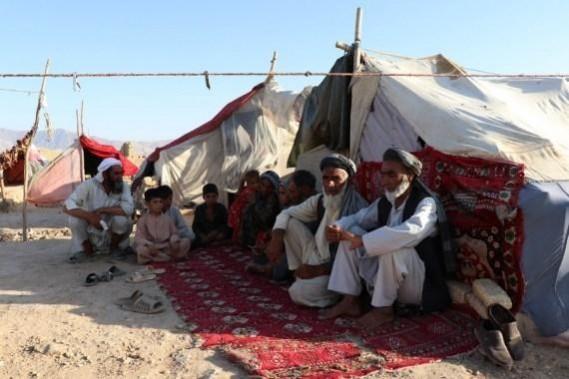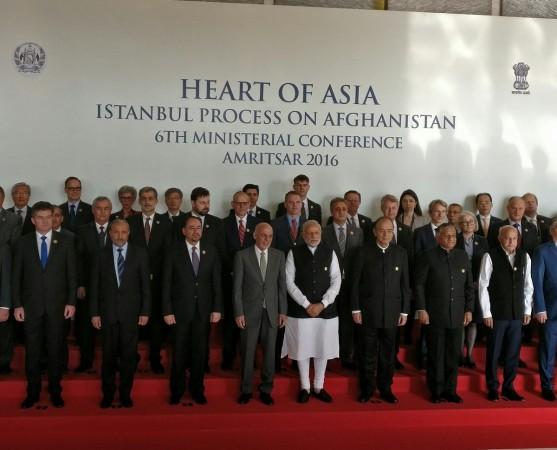India has always been integral to Afghanistan. To an extent large enough as to be of concern to neighbouring Pakistan. "Afghan has every right to have bilateral trade with India. That's completely okay. But their presence is perhaps larger than it ought to be," Shah Mahmood Qureshi, Pakistan's Foreign Minister had expressed his concerns over how without sharing a border the two countries had far too close ties.
Well, for the past two decades that's been the case and for good reasons. India's contribution to Afghani's economic and social development has ensured close ties between the two nations.
Last month, US Special Representative for Afghanistan Reconciliation, Zalmay Khalilzad laid emphasis on India's key role in Afghanistan. "India has played a very important role in Afghanistan's economic and social development in the last two decades," he tweeted, adding, "It will continue to have a vital role as we work together, and alongside the rest of the international community, to help Afghans achieve peace, security and the economic well-being they yearn for and deserve."

Afghan-India friendship Dam
Only last month as Taliban continued with its widespread destruction, at least 16 security personnel were killed in an attack by the Taliban at a security checkpoint on the Salma Dam. An unfortunate development for New Delhi, for reasons more than one. The Salma Dam has been India's most expensive infrastructural project in Afghanistan, which is why it has also been named as Afghan-India friendship dam. The dam is located on the Hari river in the Chishti Sharif District of Herat Province in western Afghanistan.
India, aided the overthrow of Taliban and has been pouring in developmental and humanitarian assistance ever since the country came under the protective US umbrella after 9/11.
What is at stake?
Two decades of investment and infrastructural aid, all stand to reverse once the Taliban completely takes over Afghanistan. In fact, even diplomatic presence stands threatened in a nation that New Delhi has spent twenty years rebuilding a relationship with. Roads, schools, dams, highways, electricity transmission lines, substations, hospitals. Hardly has India backed infrastructure projects taken off in any other country at the same scale. All that stands a solid chance of being brought to nought.

Projects worth $3 billion
Among the many goof-ups that can be attributed to former President Trump, one of them happened to be on India's assistance to Afghanistan. In 2019, when Trump mocked over the use of "library" sponsored by New Delhi, India reminded publicly of assistance, worth over $3 billion, provided to Afghanistan. The monetary price is not the only one paid by India while undertaking these projects. Many times, several Indian lives have been lost to accidents or terrorist attacks in the completion of these projects.
2011 India-Afghanistan Strategic Partnership Agreement
Both Afghanistan and India are vital to each other because of the peculiar strategic interests. This agreement recommitted India's assistance to help rebuild Afghanistan from scratch. Rendered in the form of institutions, infrastructure and human resource building, the agreement also provided Afghans with duty-free access to Indian markets. The bilateral trade between the two nations as a result of this is pegged to be somewhere at $1 billion.
During the Afghanistan Conference in Geneva in November 2020, External Affairs Minister S Jaishankar mentioned that India had collectively undertaken 400 plus projects in all of Afghanistan's 34 provinces. At the same conference, he also announced India's continuing commitment to community development projects in the war-torn nation, including an agreement for the construction of Shatoot Dam in Kabul that aimed at providing potable water to 2 million residents.

Afghan Parliament
A Parliament consisting of leaders democratically elected by the people of the nation is integral for the stability of any country, and by that measure, the region itself. The Afghan Parliament building in Kabul was built by India at a staggering cost of $90 million.
Zaranj-Delaram Highway
Among several high impact community development projects and infrastructure projects is the 218kms and $150 million Zaranj-Delaram Highway. The highway is of strategic importance to New Delhi as it provides an alternative route through the Chabahar Port in Iran.
Power infrastructure
India also helped Afghanistan build power and telecommunication infrastructure, significantly the 220Kv DC transmission line from Pul-e-Khumri, capital of Baghlan province to all the way to the north of Kabul.
Bilateral Trade, air corridors; despite Pakistan
Pakistan infamously denied India an overland route to Afghanistan. Keeping the geographical proximity and also limitations in mind, air-freight corridor came up between two nations in June, 2017 and trade has grown significantly ever since.
As per information available on the official website of Embassy of India, Kabul, Afghanistan, the air freight corridor has witnessed close to 1,000 flights, carrying goods valued at over $216 million. This has provided direct boost to Afghan exports to India and directly benefitted Afghan farmers and small traders. In 2019-20, bilateral trade crossed $1.3 billion, Afghan officials informed the press recently in Mumbai. Currently, there are two air corridors in operation, namely Kabul-Delhi and Herat-Delhi.
Transportation and connectivity
As per the information shared by MEA, India gifted 400 buses, 200 mini-buses, 105 utility vehicles, 285 military vehicles to Afghan National Army, 10 ambulances and 3 Air India aircraft to strengthen Afghanistan's connectivity.

This apart from continuous and exhaustive efforts in remote villages of Afghanistan, wherein India has provided countless schools with basic facilities like desks, solar panels, toilet blocks, mentorship and scholarship programmes, orientation and training programmes for doctors and teachers.
Health care and human resource development
India had helped Kabul build a children's hospital in 1972, which it has also reconstructed. It was named Indira Gandhi Institute for Child Health in 1985. Human resource development remains a continuing effort on India's part, as on average more than 3,500 Afghan nationals undergo training in India. More than 15,000 Afghan students pursue education in India on a self-financing basis. The Afghanistan National Agricultural Sciences and Technology University (ANASTU) was established with India's assistance.
Projects of cultural and historical significance
Given the exhaustive cultural and economic exchange, there is little doubt that the two nations go back in history. In 2016, India and Afghanistan collectively inaugurated Stor Palace (originally built in 19th century). Last year, India pledged $1 million for yet another heritage project, Bala Hissar Fort in Kabul, which is a Mughal fort used as a residence by Shah Jahan. A big question mark remains over the gains of the past two decades, India-Afghanistan ties and not to forget the future of Afghanistan itself.









